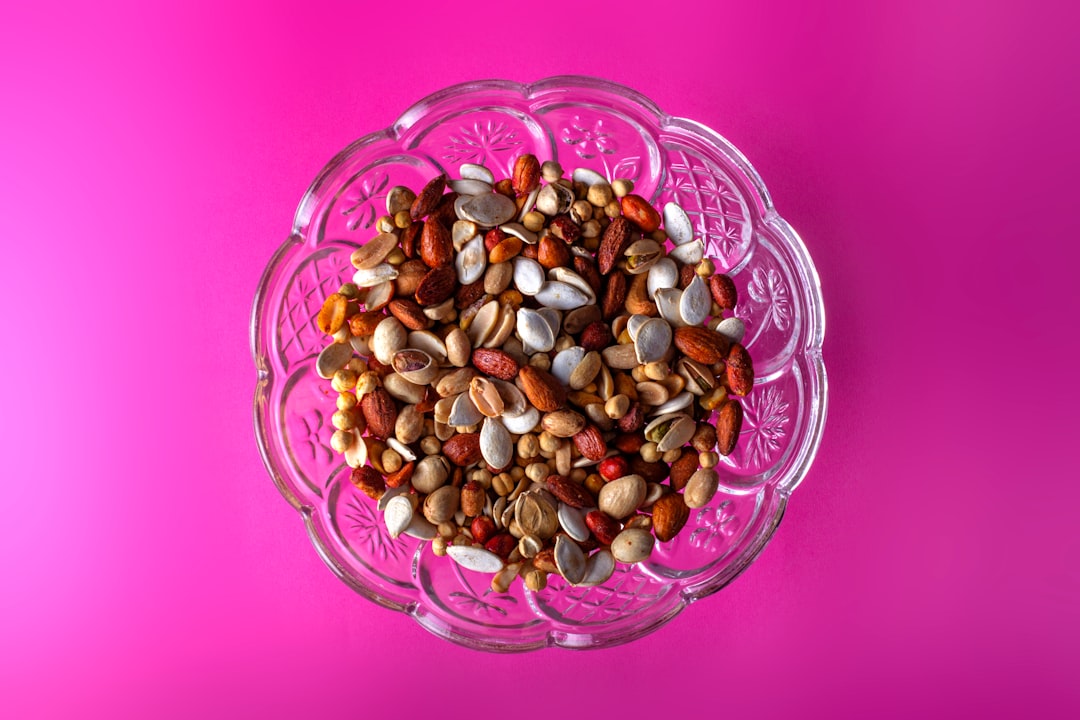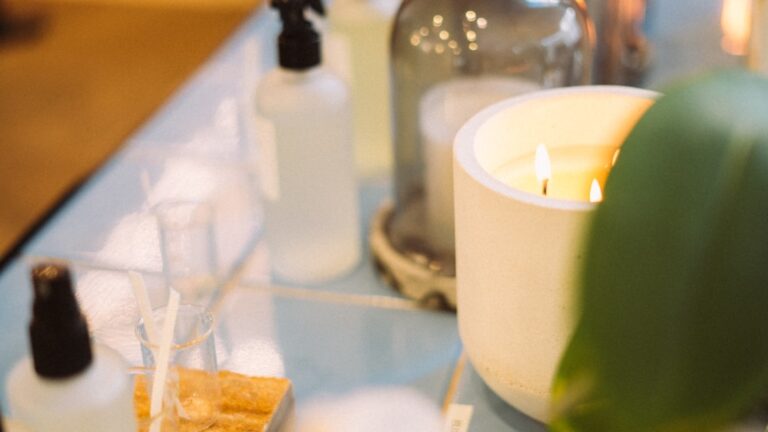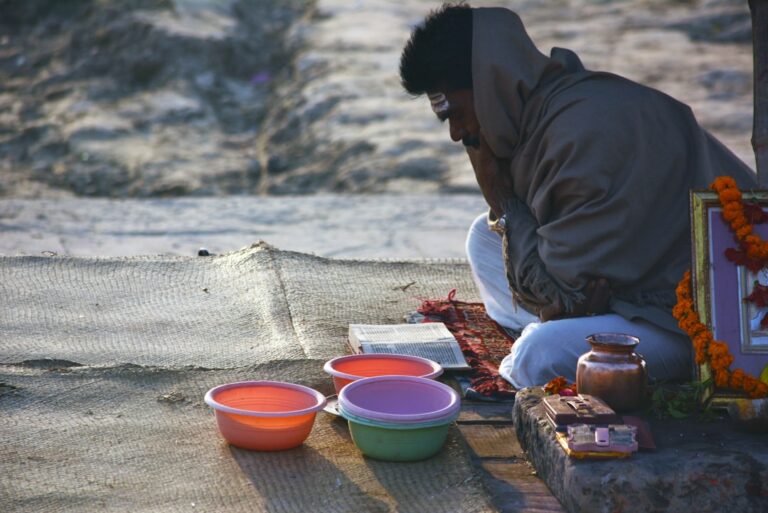DIY Laundry Detergent: A Step-by-Step Guide

Making homemade laundry detergent is a cost-effective and environmentally friendly alternative to commercial products. This process requires minimal ingredients and equipment, resulting in an efficient cleaning solution for clothing. Homemade detergents offer the advantage of customization, allowing users to adjust scents and components according to personal preferences.
This article will discuss the advantages of creating DIY laundry detergent, necessary materials, a detailed production guide, usage recommendations, and proper storage and labeling techniques for the finished product.
Key Takeaways
- Making your own laundry detergent can save money and reduce exposure to harmful chemicals.
- Common ingredients for DIY laundry detergent include washing soda, borax, and bar soap.
- Follow step-by-step instructions to create your own laundry detergent at home.
- Use DIY laundry detergent in high-efficiency washers and front-loading machines.
- Store and label your DIY laundry detergent in airtight containers for future use.
Benefits of Making Your Own Laundry Detergent
Cost Savings
One of the most significant advantages of making your own laundry detergent is the cost savings. Store-bought detergents can be expensive, especially if you have a large family or do a lot of laundry. By making your own detergent, you can save money and reduce your household expenses.
Eco-Friendliness
Additionally, DIY laundry detergent is environmentally friendly. Many commercial detergents contain harsh chemicals and additives that can be harmful to the environment. By making your own detergent, you can control the ingredients and ensure that it is safe for the planet.
Customization Options
Furthermore, homemade laundry detergent allows you to customize the scent and ingredients to suit your preferences. You can choose natural scents and additives that are gentle on your skin and leave your clothes smelling fresh. Overall, making your own laundry detergent is a cost-effective, eco-friendly, and customizable alternative to store-bought detergents.
Ingredients and Supplies Needed

To make DIY laundry detergent, you will need a few simple ingredients and supplies. The main ingredients for homemade laundry detergent include washing soda, borax, and a bar of soap. Washing soda is a natural cleaner and water softener that helps to remove stains and odors from clothes.
Borax is a natural mineral that boosts the cleaning power of the detergent and helps to brighten whites. You can also add essential oils or fragrance oils to customize the scent of your detergent. In addition to the ingredients, you will need a large mixing bowl, a grater or food processor, airtight containers for storage, and labels for labeling your homemade detergent.
These supplies can be easily found at your local grocery store or online, making it convenient to create your own laundry detergent at home.
Step-by-Step Instructions for Making DIY Laundry Detergent
| Ingredients | Amount |
|---|---|
| Baking Soda | 1 cup |
| Washing Soda | 1 cup |
| Castile Soap | 1 bar |
| Essential Oils | 20-30 drops |
| Water | 10 cups |
Making DIY laundry detergent is a simple and straightforward process. To begin, grate the bar of soap using a grater or food processor. You can choose any type of soap, such as castile soap or a natural unscented soap.
Once the soap is grated, combine it with one cup of washing soda and one cup of borax in a large mixing bowl. If desired, you can add a few drops of essential oils or fragrance oils to customize the scent of your detergent. Mix the ingredients together until they are well combined.
Once the detergent is mixed, transfer it to airtight containers for storage. Be sure to label the containers with the date and type of detergent for easy identification. To use the detergent, simply add one to two tablespoons to each load of laundry, depending on the size and soil level of the load.
Tips for Using DIY Laundry Detergent
When using DIY laundry detergent, there are a few tips to keep in mind to ensure optimal results. First, it’s important to note that homemade laundry detergent may not produce as many suds as commercial detergents. This is normal and does not affect the cleaning power of the detergent.
Additionally, if you have hard water, you may need to add a little extra detergent to each load to compensate for the mineral content in the water. It’s also important to store your homemade detergent in a cool, dry place to prevent clumping and maintain its effectiveness. Lastly, if you have sensitive skin or allergies, consider using unscented soap and avoiding the addition of essential oils or fragrance oils to minimize potential irritation.
Storing and Labeling Your DIY Laundry Detergent

Container Selection and Labeling
After making your own laundry detergent, it’s essential to store it in airtight containers to prevent moisture from affecting its quality. Label the containers with the date of creation and the type of detergent to keep track of its freshness and usage.
Special Considerations
It’s also helpful to include any special instructions or precautions on the label, especially if you have added essential oils or fragrance oils.
Storage Location
Store the containers in a cool, dry place away from direct sunlight to preserve the quality of the detergent. By storing and labeling your DIY laundry detergent properly, you can ensure that it remains effective and safe for use.
Conclusion and Final Thoughts
In conclusion, making your own laundry detergent is a cost-effective, eco-friendly, and customizable alternative to store-bought detergents. With just a few simple ingredients and supplies, you can create a powerful and effective detergent that will leave your clothes clean and fresh. By controlling the ingredients, you can ensure that your homemade detergent is safe for the environment and gentle on your skin.
Additionally, storing and labeling your DIY laundry detergent properly will help maintain its effectiveness and safety for use. Overall, making your own laundry detergent is a practical and rewarding way to take control of your household cleaning products while saving money and reducing your environmental impact.
If you’re interested in making your own laundry detergent, you might also want to check out this article on work from home life hacks. It offers tips and tricks for maximizing productivity and creating a comfortable and efficient work environment in your home. Both articles focus on DIY solutions that can save you time and money while improving your daily routine.
FAQs
What are the benefits of making your own laundry detergent?
Making your own laundry detergent can be cost-effective, environmentally friendly, and customizable to your preferences. It can also be a fun DIY project.
What ingredients are commonly used to make homemade laundry detergent?
Common ingredients for homemade laundry detergent include bar soap (such as Fels-Naptha or Castile soap), washing soda, and borax. Essential oils can also be added for fragrance.
Is homemade laundry detergent safe for all washing machines?
Homemade laundry detergent is generally safe for use in standard and high-efficiency washing machines. However, it’s important to check the manufacturer’s guidelines for your specific machine.
How do you make homemade laundry detergent?
To make homemade laundry detergent, you can grate the bar soap, then mix it with washing soda and borax. Some recipes may call for heating and dissolving the ingredients in water before use.
Can homemade laundry detergent effectively clean clothes?
Homemade laundry detergent can effectively clean clothes, but its cleaning power may vary depending on the specific recipe and the type of water in your area. Some people may choose to add additional stain-fighting ingredients to their homemade detergent.





